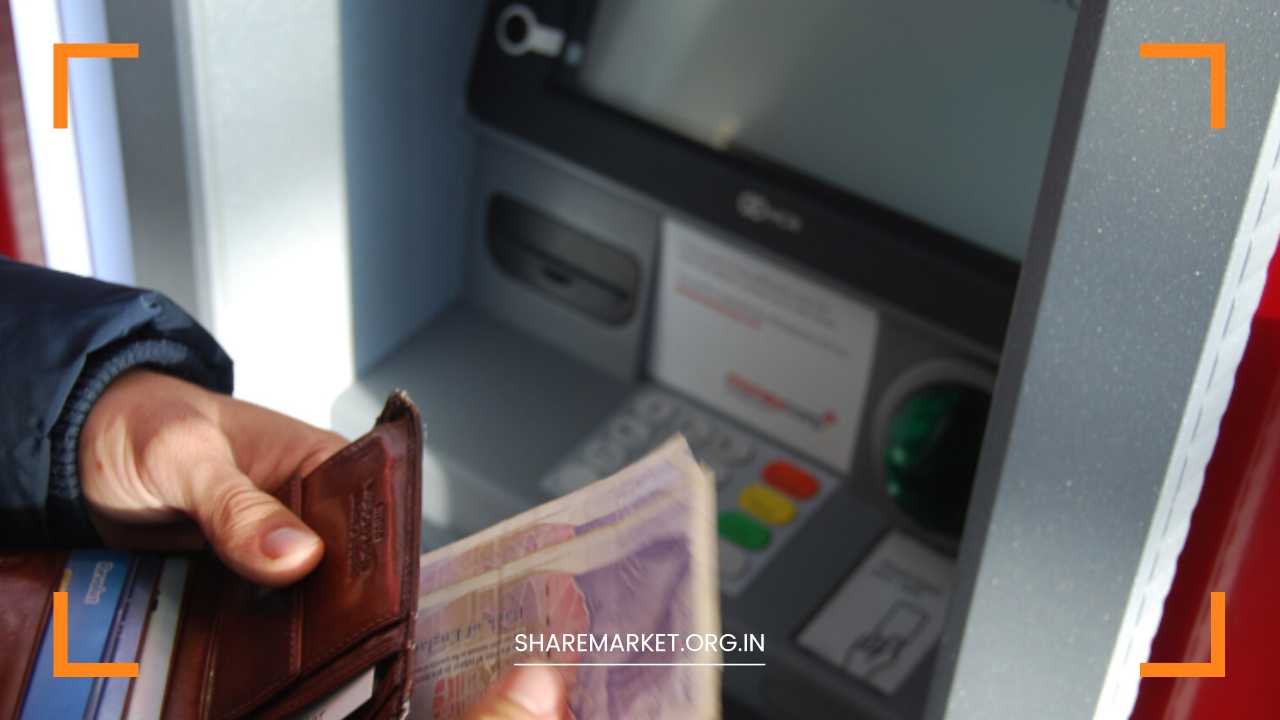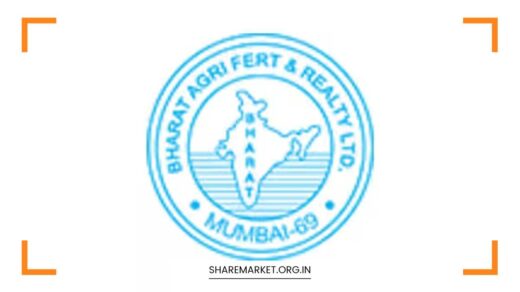How to Withdraw Money From ATM Without Card

Withdraw Money From ATM Without Card
How to Withdraw Money From ATM Without a Card: Step-by-Step Guide
In recent times, the banking sector has witnessed frequent advancements and innovations. One such notable change is the introduction of cardless transactions for withdrawing money from ATM machines.
Traditionally, individuals needed an ATM card or a debit card to perform cash withdrawals at ATMs. However, with the latest developments, it is now possible to conduct transactions without the physical presence of a card.
Leading banks in India, such as State Bank of India (SBI) and Bank of Baroda, have implemented interoperable cardless cash withdrawal facilities for their customers.
This new feature allows account holders to withdraw cash from ATMs even in the absence of a physical card.
The process typically involves utilizing a mobile banking application or internet banking platform to generate a unique transaction code or QR code, which can be used at the ATM to complete the withdrawal.
By leveraging this technology, customers can enjoy the convenience of withdrawing cash without the need to carry a physical card.
This development aligns with the growing trend of digital banking and promotes ease of use and accessibility for account holders.
It is important to note that customers are advised to follow the prescribed security protocols and ensure the safety of their personal banking information while using cardless transaction methods.
What Facility Has Been Started by RBI
On April 8, 2022, the Reserve Bank of India (RBI) introduced a significant development in the banking sector by allowing interoperable cardless cash withdrawals from all bank ATMs across the country.
This facility utilizes the Unified Payments Interface (UPI), a popular digital payment system in India, to process transactions.
The interoperable cardless cash withdrawal facility enables customers to withdraw money from ATMs without the need for a physical card.
Instead, customers can initiate the transaction using their mobile banking application or internet banking platform, which generates a unique transaction code or QR code. This code can be presented at any participating ATM to complete the withdrawal.
By implementing this facility, the RBI aims to provide a simple, convenient, and secure method for cash withdrawals, eliminating the reliance on physical cards.
Customers can enjoy greater flexibility and convenience in accessing their funds, without the worry of misplacing or damaging their cards.
Bank of Baroda’s Chief Digital Officer, Akhil Handa, highlights the advantages of this service, emphasizing the freedom it provides customers to withdraw money without a physical card.
The interoperable cardless cash withdrawal facility aligns with the RBI’s commitment to promoting digital payments and enhancing the overall banking experience for customers across the country.
It is important to note that customers should adhere to the recommended security practices, such as safeguarding their banking credentials and ensuring the privacy of their transaction codes, to maintain a secure banking environment.
What is Interoperable Cardless Service
The interoperable cardless cash withdrawal service allows customers to withdraw cash from any bank’s ATM using the Unified Payments Interface (UPI) facility.
This service enables customers to access their funds conveniently, even if they are not near an ATM of their own bank.
For example, if you have an account with Union Bank of India but only a State Bank of India (SBI) ATM is available nearby, you can still withdraw cash from your Union Bank of India account at the SBI ATM using the UPI facility.
This interoperability allows customers to utilize any participating bank’s ATM for cardless cash withdrawals.
To initiate a transaction, customers need to use the “UPI QR Cash” feature available in their UPI-enabled banking applications.
This feature generates a single-use QR code that can be scanned at the ATM to authorize the withdrawal. The QR code is displayed on the ATM screen, and customers can easily scan and complete the transaction using the scan-and-pay functionality within their UPI application.
This interoperable cardless cash withdrawal service simplifies the cash withdrawal process for customers, as they can transact seamlessly across different banks’ ATMs using a single-use QR code.
It provides greater convenience and flexibility, eliminating the need to carry physical cards or visit a specific bank’s ATM for cash withdrawals.
Customers are advised to follow the recommended security measures, such as protecting their UPI credentials and ensuring the privacy of their transaction QR codes, to ensure the safety of their transactions and personal information.
How Does This Service Work
The interoperable cardless cash withdrawal service works as follows:
1. Install the mobile banking application: To use this service, you need to have the mobile banking application of your bank installed on your mobile handset. For example, if you have an account with SBI, you need to have the SBI YONO or YONO Lite app.
2. Select ‘QR Cash’ on the ATM screen: At the ATM, select the ‘QR Cash’ option on the screen. This option will enable you to withdraw cash using UPI.
3. Choose the withdrawal amount: On the ATM screen, you will be presented with options to select the desired withdrawal amount. Typically, you will see options such as Rs 2,000 and Rs 4,000. Choose the amount that you wish to withdraw.
4. Scan the QR code: Open the ‘QR Cash Withdrawal’ option in your mobile banking app. Using the app, scan the QR code displayed on the ATM screen. This will authorize the cash withdrawal transaction.
5. Cash withdrawal: Once you have successfully scanned the QR code, the ATM will process the transaction, and the cash will be dispensed.
It’s important to note that this service is currently available for specific banks and their mobile banking apps. In the example given, the SBI YONO or YONO Lite app is used for cardless cash withdrawal at SBI ATMs.
Similarly, other banks like Bank of Baroda offer a similar facility through their mobile banking apps.
This service leverages the convenience and security of the UPI platform to enable cardless cash withdrawals. By scanning the QR code displayed on the ATM screen through the mobile banking app, customers can securely authorize and complete the transaction without the need for a physical card.
Customers are advised to follow the instructions provided by their respective banks and ensure the safety of their mobile banking credentials and transaction QR codes to protect against unauthorized access and fraud.
Maximum Amount That Can Be Withdrawn
The maximum amount that can be withdrawn through the UPI ATM facility depends on two factors: the transaction limit set by the RBI and the withdrawal limit imposed by the individual banks. Here’s an expansion of the information you provided:
1. RBI Transaction Limit: As per the guidelines set by the Reserve Bank of India (RBI), transactions up to Rs 1 lakh per month can be conducted through the UPI platform. This includes various types of UPI transactions, including UPI ATM withdrawals.
2. Bank Withdrawal Limit: In addition to the RBI transaction limit, banks also impose their own limits on UPI ATM withdrawals. These limits may vary from bank to bank. For example, Bank of Baroda has set a daily withdrawal limit of Rs 5,000 for UPI ATM transactions.
Therefore, the maximum amount you can withdraw through the UPI ATM facility depends on the specific withdrawal limit set by your bank, which may be lower than the RBI transaction limit.
In the example provided, Bank of Baroda allows its customers to perform two transactions per day with a maximum withdrawal limit of Rs 5,000 for each transaction.
It’s important to note that these limits are subject to change, and it’s advisable to check with your bank or refer to their official communication for the most up-to-date information on UPI ATM withdrawal limits.
Customers Will Get This Benefit
The introduction of interoperable cardless cash withdrawal using UPI brings several benefits to customers. Here’s an expansion of the information you provided:
1. Enhanced Safety: With the cardless cash withdrawal facility using UPI, your safety and security are increased. You no longer need to carry physical cards, reducing the risk of card theft or loss.
Transactions conducted through the UPI platform are secured with multiple layers of authentication, ensuring a safe and reliable withdrawal process.
2. Convenience and Accessibility: This new feature enables you to withdraw money from any bank ATM, regardless of whether you hold an account with that particular bank.
This means you can access cash conveniently, even if your bank’s ATM is not nearby. It provides flexibility and accessibility, allowing you to withdraw money anytime and from anywhere using your mobile device.
3. Seamless Integration with Mobile Payments: As people have become accustomed to making payments through mobile devices, this cardless withdrawal feature aligns with the growing trend of mobile-based transactions.
By leveraging UPI, you can now withdraw cash directly from your mobile phone, adding to the convenience and ease of conducting financial transactions.
4. Refund for Failed Transactions: In case a transaction fails due to any reason, such as technical issues or network problems, the customer is assured of a refund.
As per industry standards and guidelines, if a transaction is unsuccessful, the money deducted from your account will be refunded within a specific timeframe. Typically, banks aim to process such refunds within seven working days.
It’s worth noting that the availability of cardless cash withdrawal using UPI and the specific policies related to refunds may vary across different banks.
It’s advisable to consult your bank’s official communication or contact their customer support for precise details regarding the benefits and refund processes associated with this service.

















